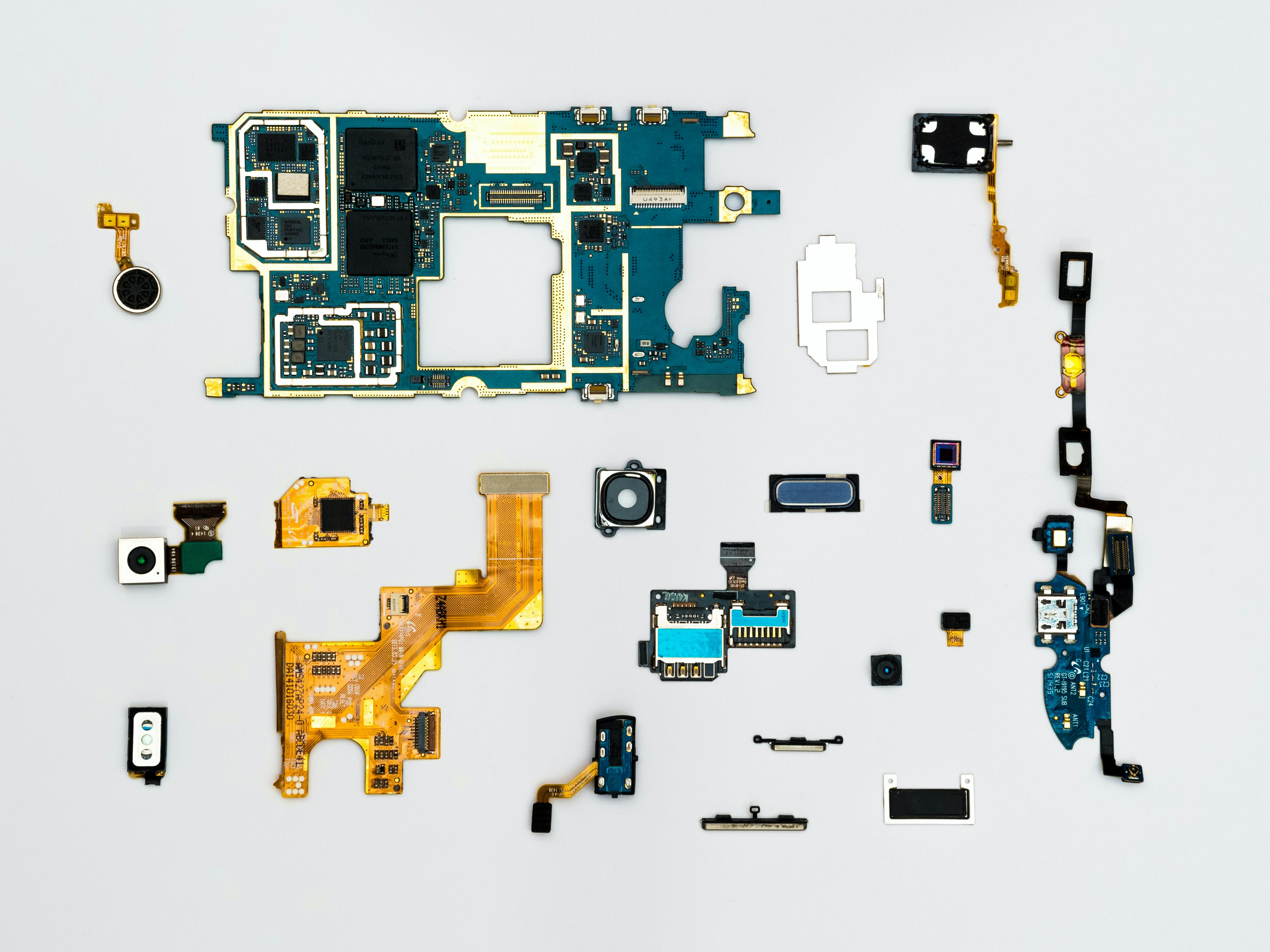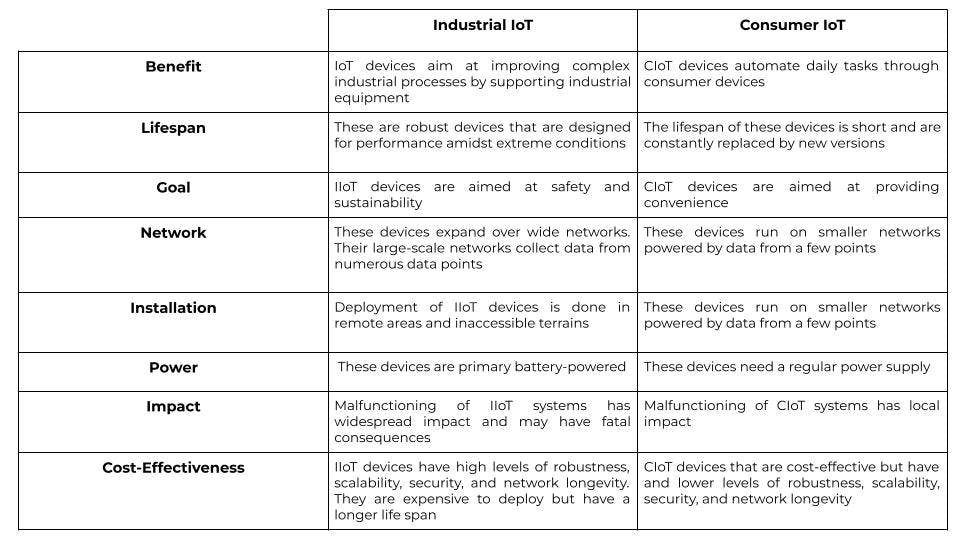
Photo Credits: ThisIsEngineering
IoT has been increasing its popularity across numerous sectors. Lately, technology has not only been used at the consumer level but also at the industrial level. From healthcare to travel, there is not one industry that has not been positively impacted. Besides, it is essential to understand the use and cons of IoT for consumers and enterprises and compare the two side by side.
Due to its popularity, IoT has slowly and steadily captured almost every aspect of our lives - from industrial to consumer level - across all sectors, including healthcare, logistics, education, and travel.
More importantly, IoT applications transform tasks from an industrial to an individual level. In addition, with more connected devices at all levels, the global market for IoT is estimated to reach 1.6 trillion by 2025.
But let's find out more about this through the article.
Understanding device connectivity and interoperability

Photo Credits: George Milton
"Interoperability" is the capability of two or more devices, systems, or networks to collaborate. In other words, it enables communication between contrary devices to achieve a common goal.
The performance of these IoT devices is based on the safe, secure, and effective exchange of information. The type of communication happens among one or more devices using advanced technologies.
Nonetheless, the current devices are usually divided into communication technologies, data formats, and protocols. The difference makes it difficult for the devices to communicate and share data.
The difference in applications can be understood broadly as two types of IoT: IIoT and CIoT. In a sense, the core of the technology is the same, but every IoT app has its diverse requirements and implications.
Industrial IoT or IIoT

Photo Credits: ThisIsEngineering
The industrial application of technology optimizes business operations and improves efficiency in distinct areas such as pharmaceutical and automotive.
It includes a network of data-generating sensors connected to a Programmable Logic Controller and further data processing using cloud-based solutions. The correct data is used to optimize operations and also mitigate risks.
The IIoT ecosystem is transforming businesses effectively as they comfortably advance into Industry 4.0. IIoT involves implementing IoT technologies such as machine-to-machine communication, big data, and machine learning at a large scale.
Features
- Resistance to an exceptional environment: IIoT sensors can endure extreme environmental conditions. Since they can be exposed to high temperatures, submerged within fluids, and quickly encounter high-pressure situations.
- Wide device length: Complex monitoring systems are deployed over an extensive area. It may range from a few to hundreds of kilometers. The complex network may comprise various midpoints and endpoints. Each device on the web generates data to be transmitted to industrial control systems, such as a PLC, Supervisory Control and Data Acquisition, and Distributed Control Systems.
- Maximum communication: IIoT sensors are usually used to replace human intervention in high-risk zones and remote locations that are difficult to access. The devices at these difficult locations are engineered to maximize communication while at the same time minimizing power consumption. This happens because they are equipped with industrial-grade batteries for prolonged battery life. In addition, most systems can automatically reboot and rectify a system that stopped. This is a must for industries such as manufacturing, where human intervention is not always possible.
- Higher cybersecurity standards: Industrial setups are now demanding more cybersecurity requirements. Due to this, hardware installations must meet the highest cybersecurity protocol, as the repercussions of an attack on any industrial IoT network are severe.
- Granular customization: IIoT solutions need to be custom-made to meet the specific usage requirements of businesses. IIoT providers use APIs or Platform as a Service (PaaS) offerings to meet this demand. That way, it can easily be personalized to meet specific end goals.
Consumer Internet of Things or CIoT

Photo Credits: Andrea Piacquadio
Refers to the network of physical and digital objects, such as smartphones, fashion items, wearables, and so on, interconnected for use by a consumer. These devices run on multiple wireless technologies enabled through microcontrollers and Unique Identifiers or UIDs.
CIoT is known for rapidly penetrating our regular lives to increase efficiency and provide ease to everyday functions. It is the technology that we see in our day-to-day lives.
Features
- The rise of connected devices needs faster, low-priced, and safer hardware and software solutions. IoT devices have built-in sensors that communicate through Bluetooth, RFID, and GPS. With the help of the internet, they capture accurate information.
- IoT systems, for example, a smartphone, are used as CIoT devices and app controllers.
- CIoT devices leverage LPWAN for personal asset tracking applications over extended lengths.
- These devices offer complete flexibility of operation from remote locations. Consumers enjoyed the convenience and added safety that comes with using the devices.
Misconceptions about IIoT and CIoT

Photo Credits: Dan Cristian Panduret
IIoT and CIoT operate on IoT technology, but industrial-level implementation requires more capabilities than a consumer application.
Industrial IoT must enable autonomous devices to operate more effectively and efficiently amongst themselves. Usually, both technologies need accurate control, state-of-the-art security, and very reliable performance under extreme conditions. In addition, industrial operations demand more than "push and pull status and command information."
Contradictory to CIoT, the industrial communities of devices have been established for specific types of industrial machines. The equipment may be incompatible, but they usually perform interconnected functions. Due to this scenario, the IP serves as a unifying communication pathway to improve peer-to-peer communications. On the other hand, CIoT plans involve digital devices with built-in IP capability. IIoT legacy devices do not offer IP enablement, and most industrial device owners cannot drive economic benefit from enabling it.
Preferably, they constantly seek ways to benefit from IP without stranding their existing valuable industrial assets. Thus, industrial devices should be allowed to connect for improved peer-to-peer operation.
Industrial IoT vs. Consumer IoT: A Comparative Analysis

Both Industrial and Consumer IoTs may see that they share the same approach of connecting physical devices and transmitting data over a network. Still, they are considerably different in their requirements and applications.
The main differences are in the hardware devices involved and the security, connectivity, and power requirements.
Generally, the real opportunity lies in identifying the right demands consonant to the use cases. Moreover, IIoT device manufacturers must offer affordable products to ease the migration path to IP.
In the case of CIoT, devices must be equipped with better security features. Approaching both forms of IoT with specific solutions will help build bridges between IIoT and CIoT.
In conclusion, this will enable any community of devices to seamlessly connect with broader networks and achieve the application's full potential.